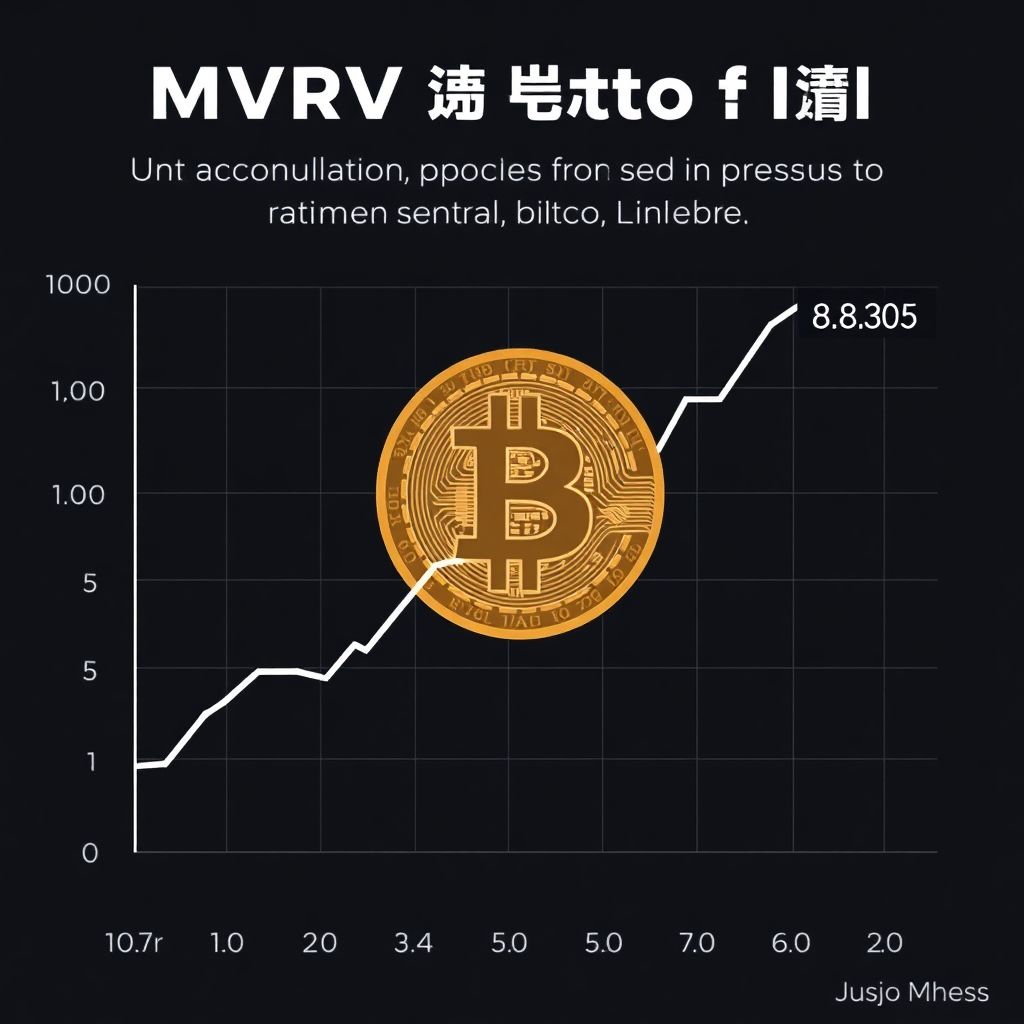Bitcoin’s MVRV (Market Value to Realized Value) ratio has recently declined to 1.8—the lowest level in seven months—raising questions about whether this signals a potential rebound for BTC. Historically, such a drop in the MVRV ratio has often coincided with periods of market undervaluation, suggesting that Bitcoin may be entering a new accumulation phase.
The MVRV ratio, a key on-chain metric, compares Bitcoin’s market price to the average price at which all coins were last moved. A ratio near or below 1 typically implies that the asset is undervalued, as market participants are holding their BTC at a loss, which can discourage selling and foster accumulation. With the current reading at 1.8, while not undervalued in the strictest sense, it does suggest that BTC is trading at a level where further downside may be limited, and upside potential could be growing.
Adding to this picture, the Miners’ Position Index (MPI) has recently spiked. This indicator, which reflects the behavior of miners relative to their historical selling patterns, has shown a significant uptick in outflows. Rather than signaling panic selling, this increase is commonly associated with strategic repositioning. As miner profitability recovers, many are choosing to hold rather than sell their Bitcoin, indicating renewed long-term confidence in the asset’s trajectory.
In tandem, the Network Value to Transaction (NVT) ratio has dropped by 8%, suggesting stronger on-chain activity. A lower NVT ratio often reflects increased transaction volume relative to market cap, pointing to healthier network utility. In essence, more organic demand is emerging as users transact and settle on the Bitcoin network at a higher pace. This reinforces the idea that Bitcoin’s valuation is becoming more justified by its actual use rather than mere speculation.
Bitcoin’s Stock-to-Flow (S2F) ratio, another widely-followed indicator, has also risen by 33%. The S2F model evaluates the relationship between the circulating supply of Bitcoin and the rate of new issuance. An increasing ratio indicates that new supply is tightening—an especially relevant trend ahead of the upcoming halving event. As fewer coins become available while demand remains steady or increases, this scarcity narrative strengthens the bullish long-term case for Bitcoin.
Importantly, exchange reserves have remained largely stable, suggesting minimal sell pressure from large holders. This further supports the notion that many investors are content to hold their positions, possibly in anticipation of a more favorable market environment in the near future.
The alignment of these various on-chain metrics—low MVRV, strong miner confidence, rising transaction volumes, and tightening supply—paints a picture of a maturing market laying the groundwork for another upward leg. Historically, such conditions have preceded significant price recoveries, particularly when weak hands have exited and institutional participants begin accumulating more aggressively.
Looking beyond the numbers, these trends indicate Bitcoin could be transitioning from a correction phase into a consolidation period that sets the stage for a new bullish cycle. While short-term volatility may persist, the underlying fundamentals appear to be strengthening.
It’s also worth noting that the crypto market often behaves in cycles, and the current data may suggest we’re nearing the end of a bearish phase. When sentiment is low and accumulation begins to rise, these moments have repeatedly acted as launchpads for substantial rallies. For long-term investors, these periods are often seen as strategic entry points.
Additionally, macroeconomic factors could amplify Bitcoin’s next move. With central banks globally maintaining cautious stances on interest rates and inflation, digital assets like Bitcoin may become increasingly attractive as alternative stores of value. Any shift in investor risk appetite or fiat currency instability could further accelerate BTC demand.
Institutional interest is another wildcard. As more traditional financial institutions explore Bitcoin exposure—whether through ETFs, custody services, or direct investments—the potential inflow of capital could significantly impact price action. A low MVRV ratio might be seen by such entities as an opportunity to enter the market at relatively discounted levels.
Moreover, the upcoming Bitcoin halving, expected in less than a year, typically acts as a catalyst for supply-side pressure and market optimism. Previous cycles have shown major price increases following halving events due to the sudden reduction in new coin issuance. As anticipation builds toward this event, speculative and strategic buying may intensify.
In conclusion, while Bitcoin’s price action in the short term remains uncertain, the confluence of favorable on-chain data points—combined with macro and cyclical tailwinds—suggests that a recovery could be on the horizon. Whether this marks the beginning of a new bull phase remains to be seen, but current conditions are increasingly aligning with patterns that have historically preceded strong upward momentum.

